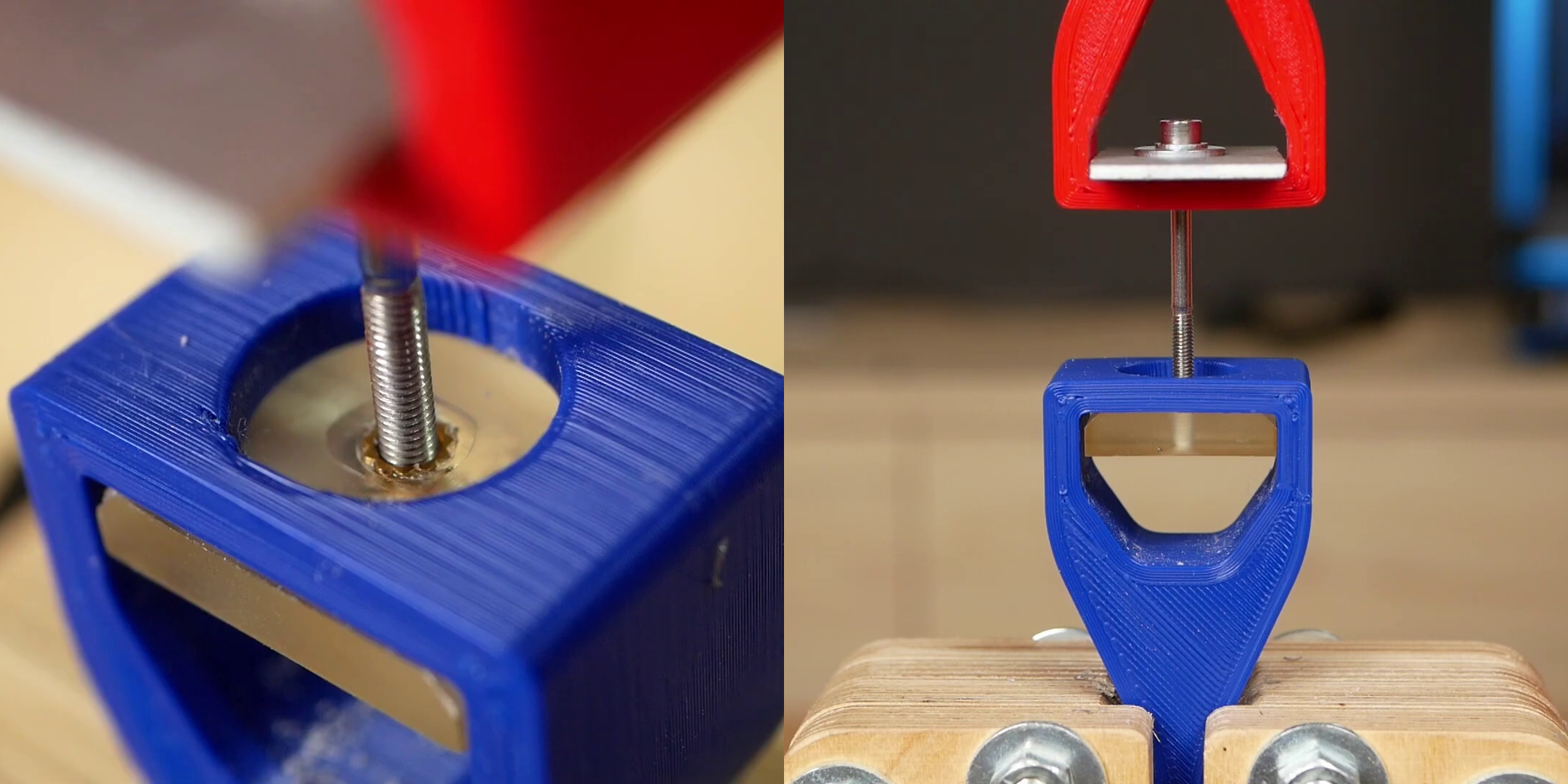Bringing a vintage split-flap secondary clock back to life with Arduino

In the computing world, many interfaces use a primary/secondary model of asymmetric communication, in which a primary host device controls one or more secondary client devices. This pattern is, for example, common to both PATA and SATA hard drive arrangements. It is also common in clock networks, with a central time server updating multiple client clocks. iSax had a unique example of such a client clock with a vintage split-flap display, and made it useful by retrofitting an Arduino board.
This clock is probably from a set of several, which would have been used in a government building, train station or similar application. It would have received a signal from a primary clock and set its time accordingly. In the original configuration, this signal was in the form of a 1 Hz alternating square wave which drove a motor for the clockwork gears. Instead of trying to reverse engineer and replicate this signal, iSax chose to drive the motor with an Arduino Nano board which keeps its own time with an RTC (real time clock) module.

The mechanisms inside the clock are very sophisticated, controlling both a time display and a date display. These mechanisms even take into account the number of days in each month and leap years. For the mechanisms to work as intended, the drive motor must rotate at a very constant speed. A secondary engine activates when necessary, such as at the end of February when the day should switch to "01" earlier. The Nano drives the main 12V motor via an H-bridge and the second motor via a 3.2V voltage regulator (because that's what iSax had on hand).
Now iSax can enjoy the beauty of this split-flap vintage clock as a stand-alone unit requiring no external controls.


In the computing world, many interfaces use a primary/secondary model of asymmetric communication, in which a primary host device controls one or more secondary client devices. This pattern is, for example, common to both PATA and SATA hard drive arrangements. It is also common in clock networks, with a central time server updating multiple client clocks. iSax had a unique example of such a client clock with a vintage split-flap display, and made it useful by retrofitting an Arduino board.
This clock is probably from a set of several, which would have been used in a government building, train station or similar application. It would have received a signal from a primary clock and set its time accordingly. In the original configuration, this signal was in the form of a 1 Hz alternating square wave which drove a motor for the clockwork gears. Instead of trying to reverse engineer and replicate this signal, iSax chose to drive the motor with an Arduino Nano board which keeps its own time with an RTC (real time clock) module.

The mechanisms inside the clock are very sophisticated, controlling both a time display and a date display. These mechanisms even take into account the number of days in each month and leap years. For the mechanisms to work as intended, the drive motor must rotate at a very constant speed. A secondary engine activates when necessary, such as at the end of February when the day should switch to "01" earlier. The Nano drives the main 12V motor via an H-bridge and the second motor via a 3.2V voltage regulator (because that's what iSax had on hand).
Now iSax can enjoy the beauty of this split-flap vintage clock as a stand-alone unit requiring no external controls.
What's Your Reaction?















![Three of ID's top PR executives quit ad firm Powerhouse [EXCLUSIVE]](https://variety.com/wp-content/uploads/2023/02/ID-PR-Logo.jpg?#)







